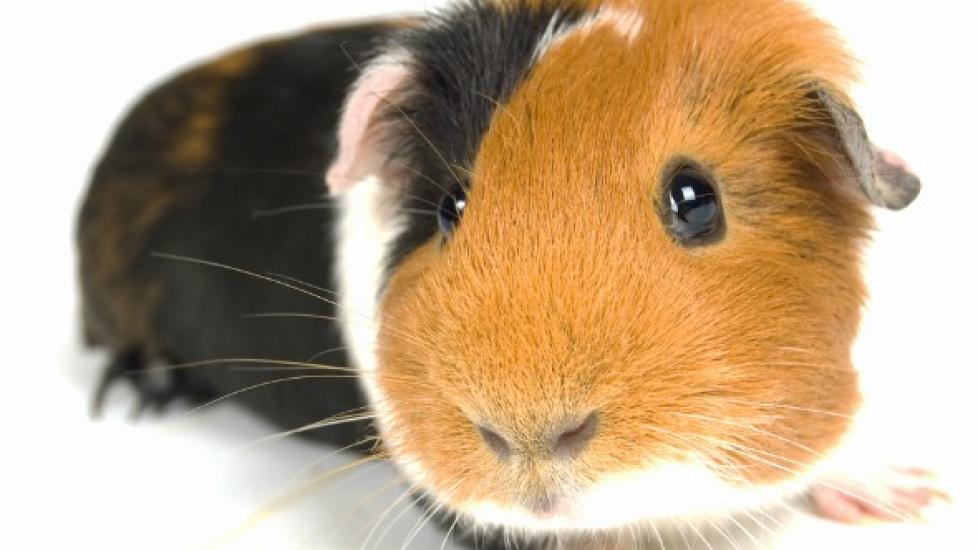Respiratory Bacterial Disease in Guinea Pigs
Bordetella Bronchisepta Infection in Guinea Pigs
Respiratory infections are quite common in guinea pigs, and often they are a result of a bacterial infection. One such bacteria is Bordetella bronchisepta, which mainly affects the respiratory tract. It is most commonly transmitted from one guinea pig to another when droplets are sprayed into the air by sneezing or coughing. There is also a genital form of B. bronchisepta, by which the infection is transmitted by sexual contact.
In some cases, guinea pigs may just be carriers of B. bronchisepta infection without actually exhibiting any symptoms of the infection, but there are also cases of outbreaks among groups of guinea pigs, during which all of the infected animals will get sick and die before treatment can be applied.
Symptoms and Types
Although some guinea pigs infected with B. bronchisepta may not display any signs of illness, this is not always the case. Signs to look out for include:
- Fever
- Dull or depressed appearance
- Loss of appetite and weight loss
- Respiratory distress (dyspnea)
- Nasal discharge
- Infertility (in females)
- Miscarriages
- Calcium deficiency (in pregnant and nursing guinea pigs)
Causes
Infection can be transmitted from one guinea pig to another through aerosol transmission (airborne) or by sexual contact
Diagnosis
Your veterinarian will perform a thorough physical exam on your guinea pig, taking into account the background history of symptoms and possible incidents that might have led to this condition, such as recent breeding, recent illnesses, or the introduction of new guinea pigs into the group. To confirm the diagnosis, however, your veterinarian will probably need to examine blood samples from the animal.
Treatment
B. bronchisepta infection is often treated with the help of systemic antibiotics. If your guinea pigs is very weak, supportive fluid therapy and supplementation with oral or injectable multivitamins may be required. Your veterinarian will also advise you on the supportive care that is needed to encourage and hasten a full recovery.
Living and Management
Your guinea pig will need plenty of rest in a calm and clean environment during the recovery process. Cleanliness plays an important role in recovery, so you will need to be sure that your guinea pig’s cage is thoroughly cleaned and disinfected before reintroducing the guinea pig to it.
Separate the infected guinea pigs from the healthy guinea pigs to prevent spread of the infection. In fact, it may be best to place other guinea pigs into different rooms altogether.
Prevention
Guinea pigs can be carriers of the B. bronchisepta bacteria without showing symptoms, making this a challenging infection to prevent. If your guinea pig shows symptoms of any type of respiratory ailment, the best preventative is to isolate the animal immediately from the others. Hygiene and cleanliness are helpful in all cases, but because this is spread by air, it is still a danger to uninfected guinea pigs.
Other animals, such as dogs, cats, rabbits, and mice may also be infected with these bacteria without showing any signs of illness. If you have multiple animals in your home, you should practice safe handling. Keeping the animals separate, and washing hands and clothes between handling your animals are some of the best policies you can practice in preventing the spread of infectious diseases. In addition, properly cleaning the cages, regularly removing any feces and urine, and changing soiled bedding material routinely is essential.
